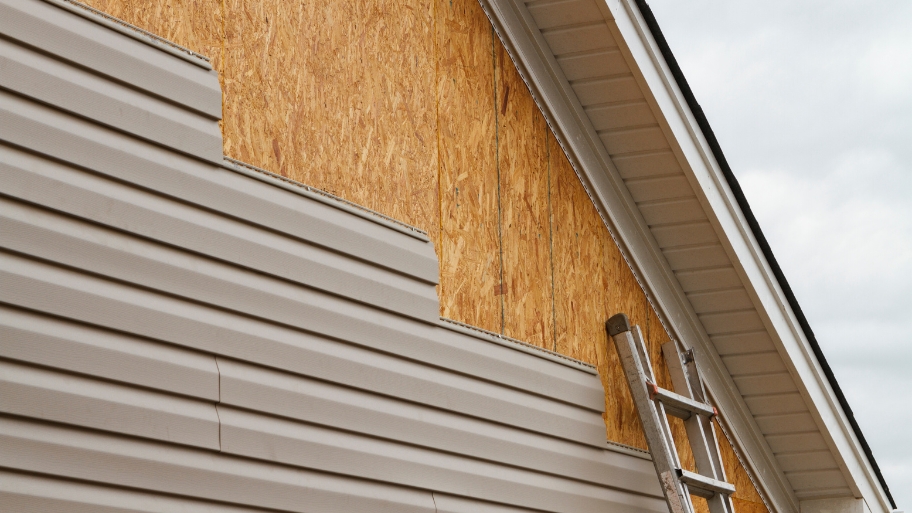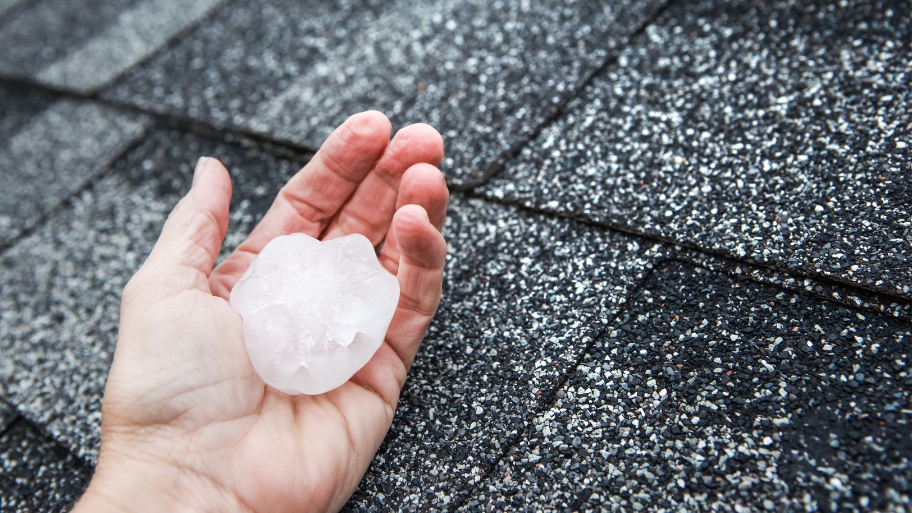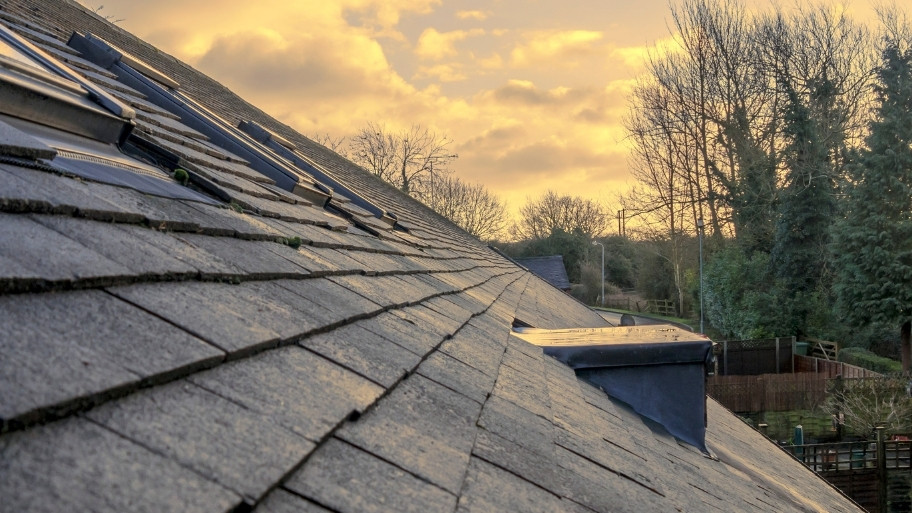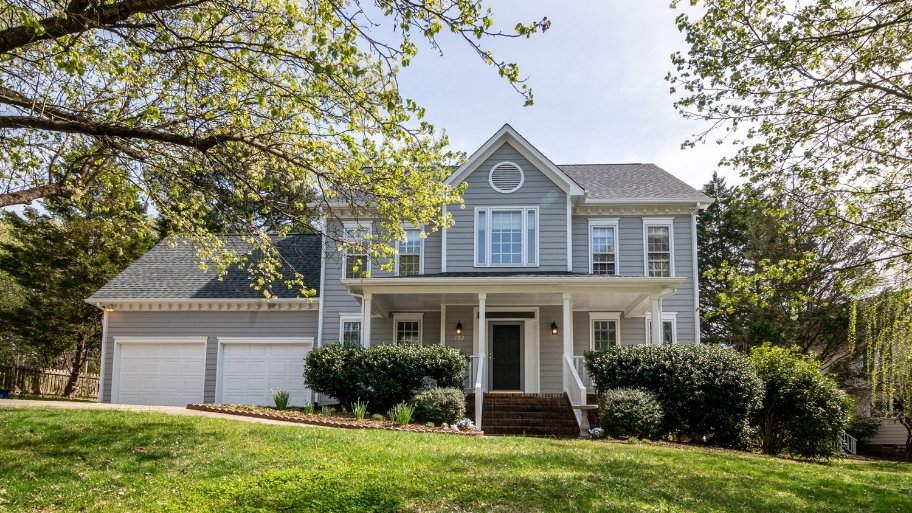Summer is the most popular season to get your roof replaced. Why? Because summer offers consistent clear weather optimal for reroofing your home. Now, if you’re thinking you need a new roof, you probably have a few questions in mind. So, today, I wanted to answer the most common, frequently asked questions about new roofs.
Commonly asked questions about getting a new roof on your home
What is the average time to replace a roof?
In general, the roof of an average residence (3,000 square feet or less) can be replaced in a day. Depending on the weather, complexity, and accessibility of your home it could take 3-5 days. But those tend to be extreme cases.
Should I stay home or leave for my roof replacement?
It’s completely up to you if you want to stay home during your roof replacement. Just know that it could be noisy during the process. You may consider staying on a lower level of your home if that’s an option.
Do I need to do anything to prepare for a new roof installation?
There are a couple small steps you can take for a smooth process.
Remove loose items from your walls and shelves as hammering on your roof can cause enough vibration to make loose items fall.
Clear your driveway and the areas around your home as there’s a chance roofing materials could fall into your driveway.
How long does a new roof last?
As with anything, the better the contractor and materials, the longer the roof will last. Typically, 22-25 years is an acceptable lifespan for a new roof with a 50-year asphalt architectural shingle. However, roofs can last longer or not as long depending on the level of maintenance, weather, and original construction. JB Roofing & Gutters provides a 10-year labor warranty on all our new and reroofs.
How long does a 50-year roof really last?
The expected lifetime of a 50-year product is approximately 25 years. However, severe weather or improper installation can shorten it to only 12 to 15 years.
What happens if it rains during roof replacement?
Roofing contractors use a roof sealant that can be used in the rain. While roofing sealant can keep out the water, it’s not meant to be used as a permanent solution.
It’s not great when it rains during a reroof. And that’s why JB Roofing & Gutters works efficiently to ensure your new roof is installed before the next rain begins.
Should you replace gutters or roof first?
While it is usually best to have a new gutter system installed after your roof, sometimes this is not possible. If your gutters are damaged or ineffective, you may have no choice but to have them installed before you get a new roof.
Can you roof over wet plywood?
It is never a good idea to install a roof over wet plywood or any type of roof sheathing. Trapped water will boil when the sun heats the roof and the shingles will then have small pits where the steam finally escapes.
How do I know when my roof needs to be replaced?
There are several signs that it’s time to get a new roof. You can read more about it in our post titled How to Know if You Need to Reroof Your House. But here is a brief bulleted list.
- Shingle edges are curled or shingle tabs are cupped.
- Bald spots where granules are missing.
- Cracked shingles.
- Your roof is at least 20 years old.
- The roof just looks old and worn.
- Neighbors are getting new roofs.
- There are dark streaks.
- There is moss growth on your roof.
What color roof is best for resale?
The roof of a home accounts for as much as 25 to 40 percent of your home’s visible exterior. It plays an important role in how your home is perceived from the street.
When choosing a roof color, it’s important to consider the other aesthetic factors of your home such as siding and/or masonry color and trim color. It’s a big decision, but if you’re having trouble, it doesn’t hurt to ask your roofing contractor for an outside opinion. When you’ve been in the business as long as JB Roofing & Gutters has, you see a lot of different roof color combinations!
Which is better light or dark roof shingles?
Light shingles fair better in warmer weather, as light colors deflect sunlight and keep your house cooler. But dark shingles absorb heat, which makes them good for colder climates. In the midwest, we get our fair share of both warm and cold temps. But dark shingles also tend to make snow melt faster. When in doubt, you can’t go wrong with a mid-range color!
Conclusion: “I think I need a new roof.”
Still grappling with questions about new roofs? Or unsure if you need one? If so, give JB Roofing & Gutters & Gutters a call at 515-554-1964 or drop us a message here. We’d be happy to address your concerns and offer a free estimate.

About the Author
Joe Burkhart, the driving force behind JB Roofing, has been a trusted roofing expert in Ankeny, IA, since 2006. Joe’s passion for quality craftsmanship and personalized service comes from over 20 years of hands-on experience, starting his journey in the roofing industry back in the early 1990s. JB Roofing is more than just a business to Joe—it’s a reflection of his commitment to providing reliable, long-lasting roofs that protect homes and families across Iowa.




